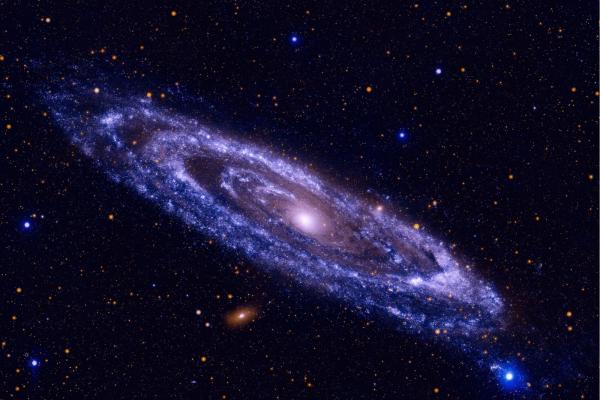Aug 28, 2018
Richard D'Souza and Eric Bell of the University of Michigan recently grabbed headlines for their discovery: The Milky Way once had a ‘sibling,’ which was devoured by the neighboring galaxy of Andromeda about 2 billion years ago. Their study, published in the Nature Astronomy journal last month, has its implications on the understanding of how galaxies evolve over time. D'Souza, the lead author of the study, hails from the Indian state of Goa and interestingly, he is also a staff member of the Vatican Observatory, an astronomical research institute supported by the Roman Catholic Church.
Read the Full Article

Already a subscriber? Login
